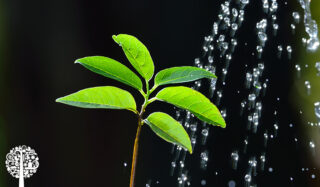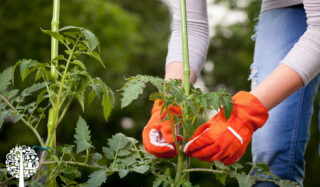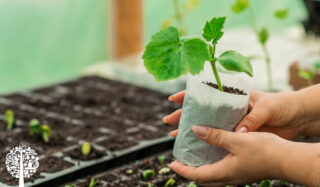Boost Plant Growth With These Tips For June
Summer has arrived! The extra daylight and hotter days are supercharging plant growth, and there’s so much to do that will lead to some incredible rewards early in the growing season.
The Flower Garden
It’s not too late to plant perennials, as long as you keep them well watered so the roots can establish. If you haven’t already, early June is a perfect time to plant annuals like New Guinea impatiens, sun impatiens, and coleus. They love heat and establish quickly, filling those bare spots in patio and porch containers.
The Vegetable Garden
Give the veggie patch extra love this month so you’re set for the months of growing and harvesting ahead.
You may have already enjoyed early crops of radishes, asparagus, and strawberries. It’s a good time to re-seed the radishes for late-summer treats. Plant pumpkin seeds at the start of the month to ensure they will be ready for October’s trick-or-treaters.
Now is an excellent time to start pinching out as the tomato plants grow. Bush tomatoes don’t need it, but plants grown from a single stalk do. Removing the side shoots at each leaf joint allows the plant to put more energy into the main stem and flowers that will eventually produce the fruit.
Early varieties of peas and beans are beginning to climb, so ensure they are secured to long poles or a sturdy trellis. The same goes for cucumbers, peppers and eggplants.
Herbs planted early, like chives or peppermint, can be cut back to encourage a second harvest. And keep cutting and enjoying all those delicious salad greens. This encourages continual new growth throughout the season.
Intruders
You can buy ladybug larvae at garden centres as a natural pest control. The beetles love to snack on the aphids invading the garden.
Snails, deer, and even squirrels may find the delicious produce irresistible in the veggie patch. Consider chicken wire to keep out large intruders and natural insecticide solutions. Mix garlic, baking soda, chili powder, water and dish detergent to create a spray harmless to plants but not very tasty to insects.
Watering and Fertilizing

A stream of water droplets falls onto the healthy, green leaves of a plant.
Add another top layer of compost to the garden beds as things warm up. Start by dampening the soil, then add some black gold; this allows the moisture to filter deep into the ground, keeping the plant roots well-hydrated. You will still need to water, but not as frequently. Pots full of annuals and other plants will need more frequent attention. Use a water meter or test the soil by touch to see if it is arid.
This is also an excellent time to add another layer of coffee and compost to the blooming rose bushes. Any local coffee shop will be happy to supply their used grounds. Ask for a big bag and mix it with compost and garden soil.
Stake
One of the most important jobs this time of year is ensuring your plants have proper support. Staking taller plants like Jacob’s Cline bee balm, sunflowers, and echinacea will keep the garden tidy throughout the summer. It’s a job that often gets forgotten, but in my garden, it is a secret weapon that has saved precious blooms numerous times, especially if an unexpected summer rain or windstorm rolls through.

In June, peonies bloom, and the roses and honeysuckle mingle to create intoxicating garden scents. It’s when all that hard work starts to pay off, and you can sit back with a cool drink on a warm evening and enjoy the fruits of your labor.
In the southern hemisphere, winter has arrived, and gardeners have moved tender perennials and vegetables under the protection of cold frames or into greenhouses. Of course, they’re also taking a well-deserved rest and patting themselves on the back for all their efforts throughout the growing season.
See you next month as we grow and garden together!





